Blog
Jewellok is a professional pressure regulator and valve manufacturer and supplier.
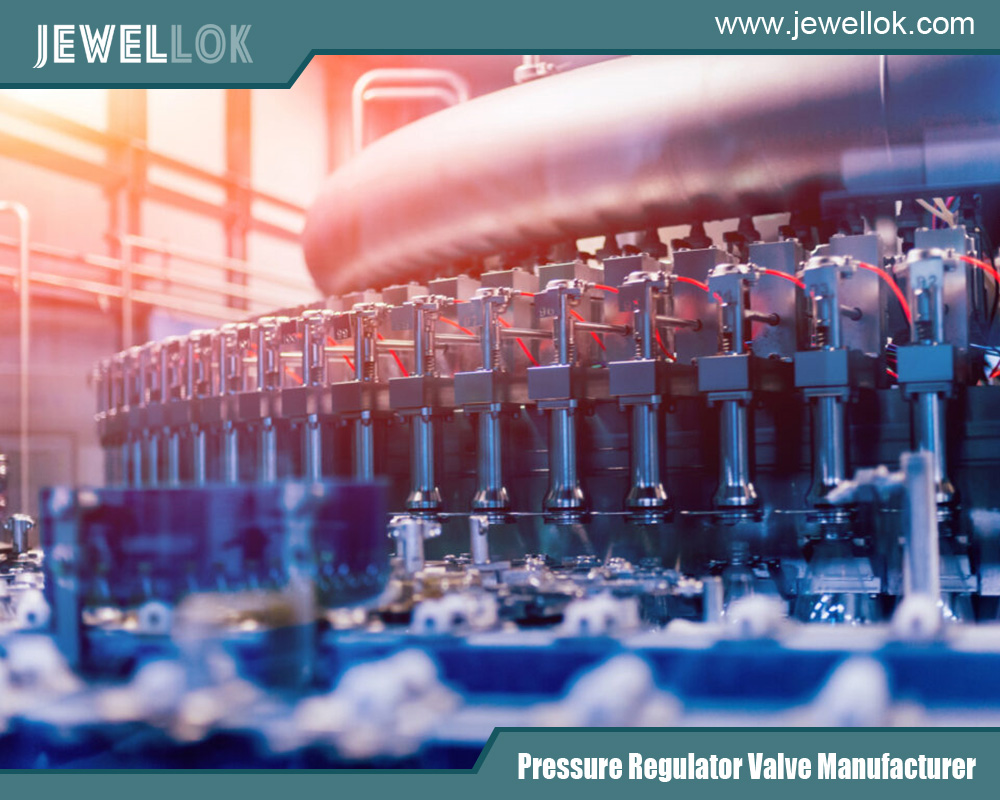
Introduction Of High Pressure Propane Regulators
- Pressure Regulator Valve Manufacturer
- 0-30 psi propane regulator with gauge, 2 stage propane regulator vs single stage, 2-stage propane regulator for home, adjustable high pressure propane regulator, adjustable high pressure propane regulator with gauge, adjustable low pressure propane regulator, adjustable low pressure propane regulator with gauge, adjustable propane regulator with gauge, high pressure propane regulator, high pressure propane regulator and hose, low pressure propane regulator for generator, propane regulator hose with quick connect, propane regulator with gauge and hose, single stage propane regulator
- No Comments
Introduction Of High Pressure Propane Regulators
Introduction
Propane is a versatile and widely used fuel, powering everything from residential grills to industrial machinery. Its ability to deliver consistent energy makes it a go-to choice across various sectors. However, propane’s high energy potential also means it must be carefully controlled to ensure safety and efficiency. This is where propane regulators come into play, with high pressure propane regulators being a critical component in systems requiring robust fuel delivery. Unlike their low-pressure counterparts, high pressure propane regulators are designed to handle elevated pressure levels, making them indispensable for specific applications. Whether you’re welding metal, heating a large commercial space, or running a high-output burner, understanding these devices is key to optimizing performance and maintaining safety. In this article, we’ll explore what high pressure propane regulators are, how they work, their applications, benefits, and essential tips for selection, installation, and maintenance. By the end, you’ll have a comprehensive understanding of why these regulators are a cornerstone of modern propane systems.
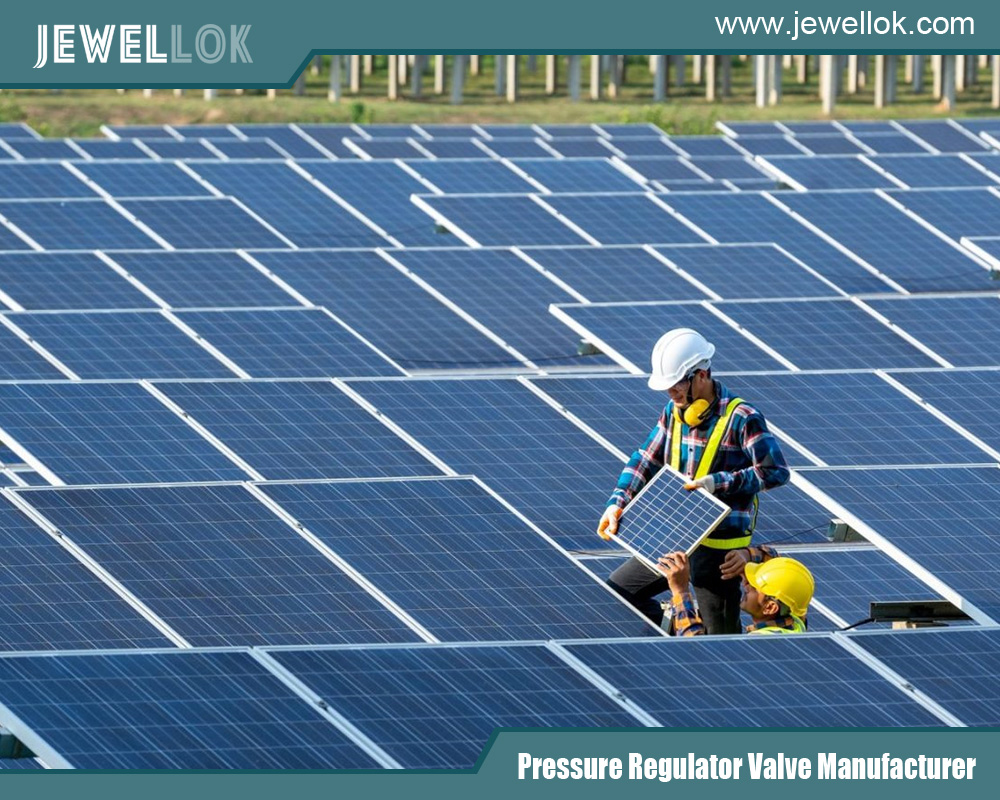
What Are High Pressure Propane Regulators?
High pressure propane regulators are specialized devices designed to control the flow and pressure of propane gas from a storage tank to an appliance or system. Unlike low pressure regulators, which typically reduce tank pressure to under 1 PSI (pounds per square inch) for household use, high pressure propane regulators maintain or adjust propane at higher pressures—often between 1 PSI and 20 PSI or more, depending on the application. This makes them ideal for scenarios where appliances demand a stronger, more forceful gas supply.
The core components of a high pressure propane regulator include a diaphragm, a spring, and an adjustment valve. The diaphragm responds to changes in pressure, while the spring and valve work together to stabilize output. Some regulators also feature a vent to release excess pressure, enhancing safety. The key distinction from low pressure models lies in their ability to withstand and manage higher PSI levels without compromising performance, making them a vital tool for industrial, commercial, and specialty uses.
How High Pressure Propane Regulators Work
The mechanics of a high pressure propane regulator are both simple and ingenious. Propane is stored in tanks at pressures ranging from 100 to 200 PSI, far too high for most applications. The regulator’s job is to reduce and stabilize this pressure to a usable level while ensuring a consistent flow. When propane exits the tank, it enters the regulator, where the diaphragm senses the downstream pressure. If the pressure exceeds the desired output (set by the spring and adjustment mechanism), the valve constricts to limit flow. Conversely, if pressure drops, the valve opens wider to compensate.
For high pressure systems, the output is deliberately kept higher than in low pressure setups—typically between 5 PSI and 20 PSI, though some industrial models can handle up to 60 PSI or more. This controlled high pressure ensures that appliances like torches, burners, or heaters receive the intense fuel delivery they need. Safety features, such as pressure relief valves, are often integrated to prevent over-pressurization, making these regulators both efficient and secure.
Applications of High Pressure Propane Regulators
High pressure propane regulators shine in applications where low pressure simply won’t cut it. In industrial settings, they’re essential for processes like welding and cutting, where propane powers high-intensity torches. Manufacturing plants also use them to fuel furnaces and other heavy-duty equipment requiring precise pressure control. Commercially, food trucks and restaurants rely on these regulators for high-output griddles and fryers, ensuring fast cooking times and consistent heat.
Residentially, high pressure propane regulators are popular among outdoor enthusiasts. High-performance grills, turkey fryers, and patio heaters often require regulators that can deliver propane at 10 PSI or higher to achieve their full potential. In agriculture, they’re used in weed burners and greenhouse heaters, while RV campers use them for portable stoves and heaters. The adaptability of high pressure propane regulators across these diverse fields underscores their importance in both everyday and specialized propane use.
Benefits of Using High Pressure Propane Regulators
The advantages of high pressure propane regulators extend beyond their ability to handle elevated PSI levels. Safety is a top benefit—by precisely controlling pressure, they reduce the risk of leaks, explosions, or appliance malfunctions. This is especially critical in high-output systems where unchecked pressure could lead to disaster. Efficiency is another key perk. Appliances paired with the right regulator operate at peak performance, minimizing fuel waste and ensuring consistent results, whether you’re searing a steak or welding steel.
Versatility also sets these regulators apart. A single high pressure propane regulator can often serve multiple purposes, from powering a commercial burner to supporting an industrial torch, provided it matches the PSI and flow requirements. This flexibility makes them a cost-effective choice for users with varied needs, offering reliability across a range of demanding tasks.
Choosing the Right High Pressure Propane Regulator
Selecting a high pressure propane regulator requires careful consideration of several factors. First, determine the PSI range your application demands—welding might need 20 PSI, while a grill might only require 10 PSI. Flow rate, measured in BTUs (British Thermal Units) or cubic feet per hour, is equally important to ensure the regulator can supply enough propane. Compatibility with your tank and appliance fittings (e.g., POL, QCC1) is non-negotiable for a secure connection.
You’ll also choose between single-stage and two-stage regulators. Single-stage models reduce pressure in one step, suitable for shorter distances and simpler setups. Two-stage regulators, which adjust pressure in two phases, offer greater precision and stability, ideal for longer gas lines or fluctuating demand. Finally, consider durability—opt for regulators made from corrosion-resistant materials like brass or stainless steel, especially for outdoor or industrial use. Consulting manufacturer specifications and user reviews can guide you to the best fit for your needs.
Installation and Maintenance Tips
Installing a high pressure propane regulator is straightforward but demands attention to safety. Start by turning off the propane tank valve and ensuring proper ventilation. Connect the regulator to the tank using the correct fittings, tightening with a wrench to prevent leaks—avoid over-tightening, which can damage threads. Attach the hose or piping to the appliance, then slowly open the tank valve while checking for hissing or propane odors, which signal a leak. A soap-and-water solution brushed onto connections can confirm a tight seal if bubbles appear.
Maintenance is equally critical. Regularly inspect the regulator for wear, corrosion, or debris buildup, particularly around the vent. Clean it with a soft brush or cloth, avoiding harsh chemicals that could degrade components. Test pressure output periodically with a gauge to ensure it matches your appliance’s needs. Replace the regulator every 5-10 years, or sooner if damage is evident, to maintain optimal safety and performance.
Common Issues and Troubleshooting
Even the best high pressure propane regulators can encounter issues. Leaks are a common problem, often caused by loose fittings or worn seals—tighten connections or replace O-rings as needed. Pressure drops might indicate a clogged vent or diaphragm failure; cleaning or professional servicing can resolve this. If an appliance underperforms, the regulator’s PSI setting may be too low—adjust it if possible, or upgrade to a higher-capacity model.
For persistent problems like erratic pressure or unusual noises, shut off the propane supply and consult a technician. Attempting complex repairs without expertise risks safety and efficiency, so know when to call in a pro.
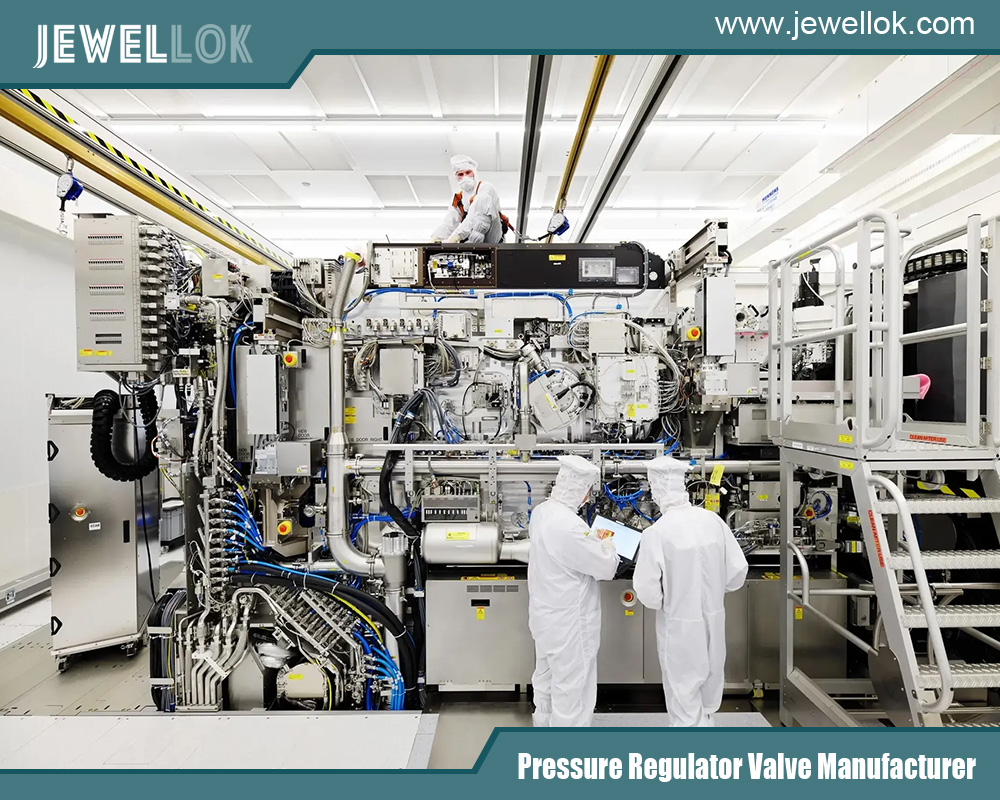
Conclusion
High pressure propane regulators are unsung heroes in the world of propane-powered systems, bridging the gap between raw fuel and practical application. From industrial workshops to backyard barbecues, they ensure propane is delivered safely, efficiently, and at the right intensity. By understanding their function, applications, and maintenance needs, users can harness propane’s full potential without compromising safety. Whether you’re a professional or a hobbyist, investing in a quality high pressure propane regulator—and using it wisely—is a step toward mastering your propane setup. As propane continues to fuel innovation and convenience, these regulators remain a vital tool for today’s energy needs.
For more about the adjustable high pressure propane regulator, you can pay a visit to Jewellok at https://www.jewellok.com/about/ for more info.
Recent Posts
Tags
1 1 2 gas pressure regulator
1 2 gas regulator
1/2 gas pressure regulator
2 inch irrigation solenoid valve
2 inch irrigation valve
6mm compression fitting
6mm equivalent
8mm compression fitting
adjustable low pressure propane regulator
adjustable propane pressure regulator
adjustable propane regulator
adjusting propane regulator
air compressor non return valve
argon hose fitting
diaphragm suppliers
fluid systems components
gases used in semiconductor manufacturing
gas pipeline valve
gas pipeline valves
gas regulator
high purity valves
how a pressure regulator works
how does a needle valve work
how does pressure regulator work
how often should pressure relief valves be replaced
how solenoid valves work
humming propane regulator
irrigation timer valve
low pressure regulator
pressure gauge manufacturers
pressure regulator
pressure regulator valve leaking
regulator valve alibaba international market
relief vs safety valve
safety relief valve vs pressure relief valve
safety relief valve vs safety valve
safety valve and relief valve
safety valve and relief valve difference
safety valve vs pressure relief valve
single stage pressure regulator
stainless pressure regulator
stainless steel 1/4 in. pressure gauge fitting - 3/8 qc
two stage pressure regulator
valve timer water
what is a gas pressure regulator
Recommended Products
-
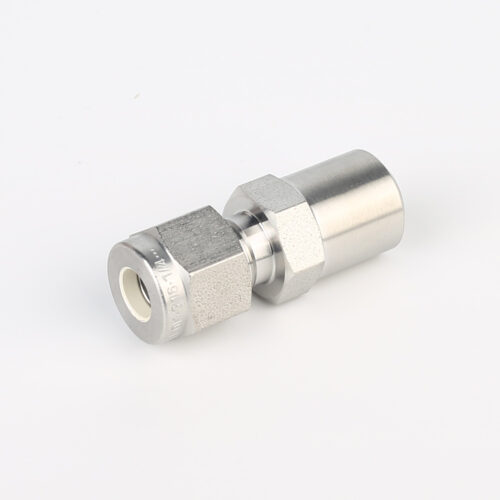
768LN Stainless Steel Male Pipe Tube Butt Weld Connector And Tube Fittings Supplier
-
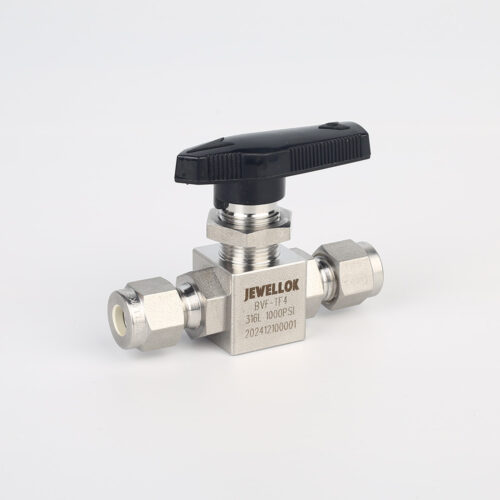
Stainless Steel High Purity High Temperature Pneumatic Actuated Ball Valves JBV2 Series
-
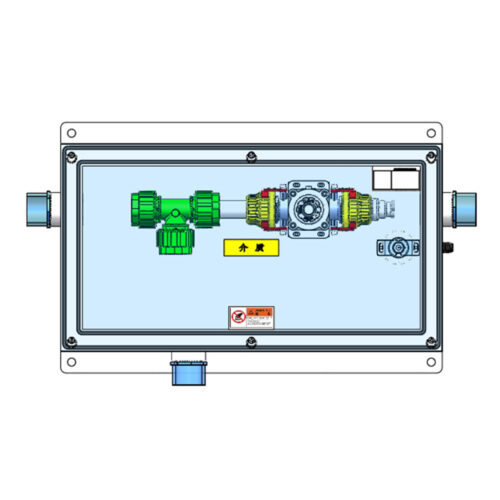
T-BOX JW-TB-C Special Gas Delivery System Gas Valve Manifold Boxes
-
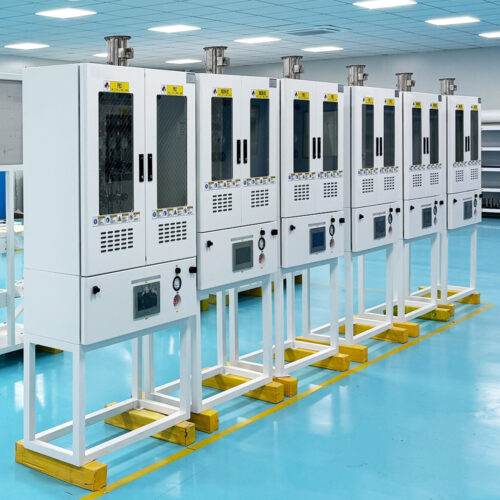
Ultra High Purity Gas Delivery Systems And Liquid Chemical Delivery Systems JW-300-LDS
-
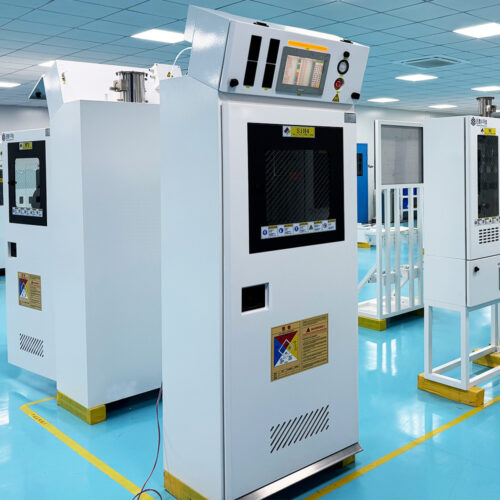
High Purity Bulk Specialty Gas Pressure Control And Filtration Bulk Gas Skid Systems JW-300-BSGS
-

768L Stainless Steel Male Tube Butt Weld Connector | Clean Weld Fittings And Ultra-High Purity Fittings
-
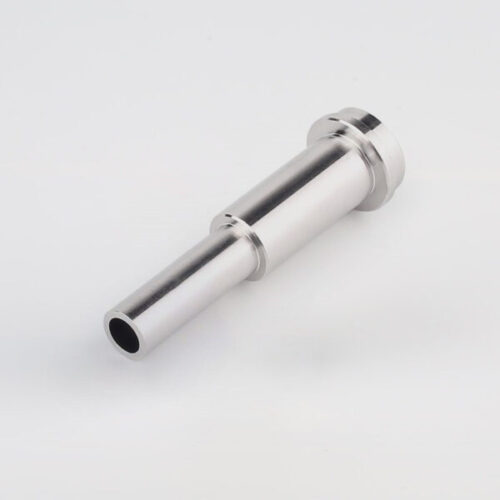
Long Gland LG Series For Ultra High Purity Gas And Chemical Delivery Systems
-
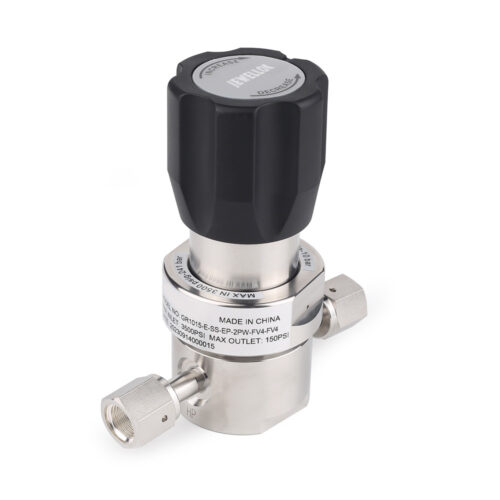
JR1000 Series UHP Ultra High Purity Single Stage Pressure Reducing Regulator And Low To Intermediate Flow